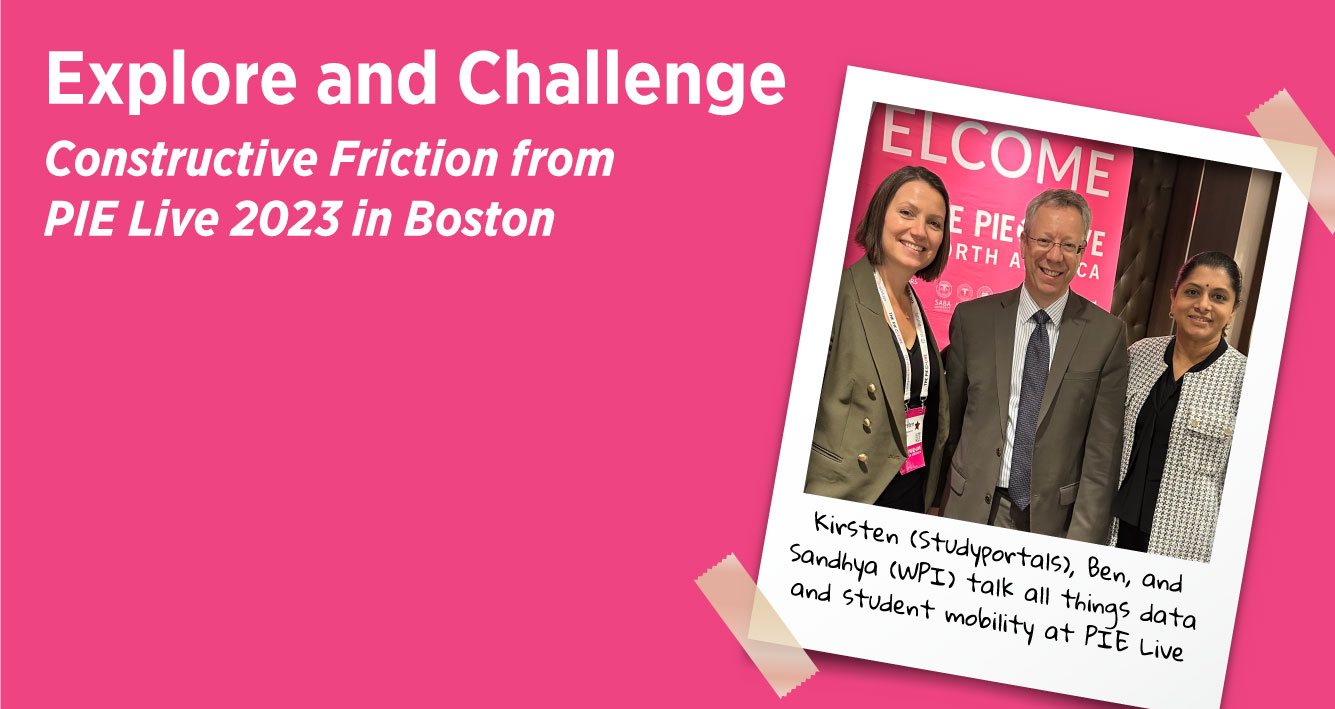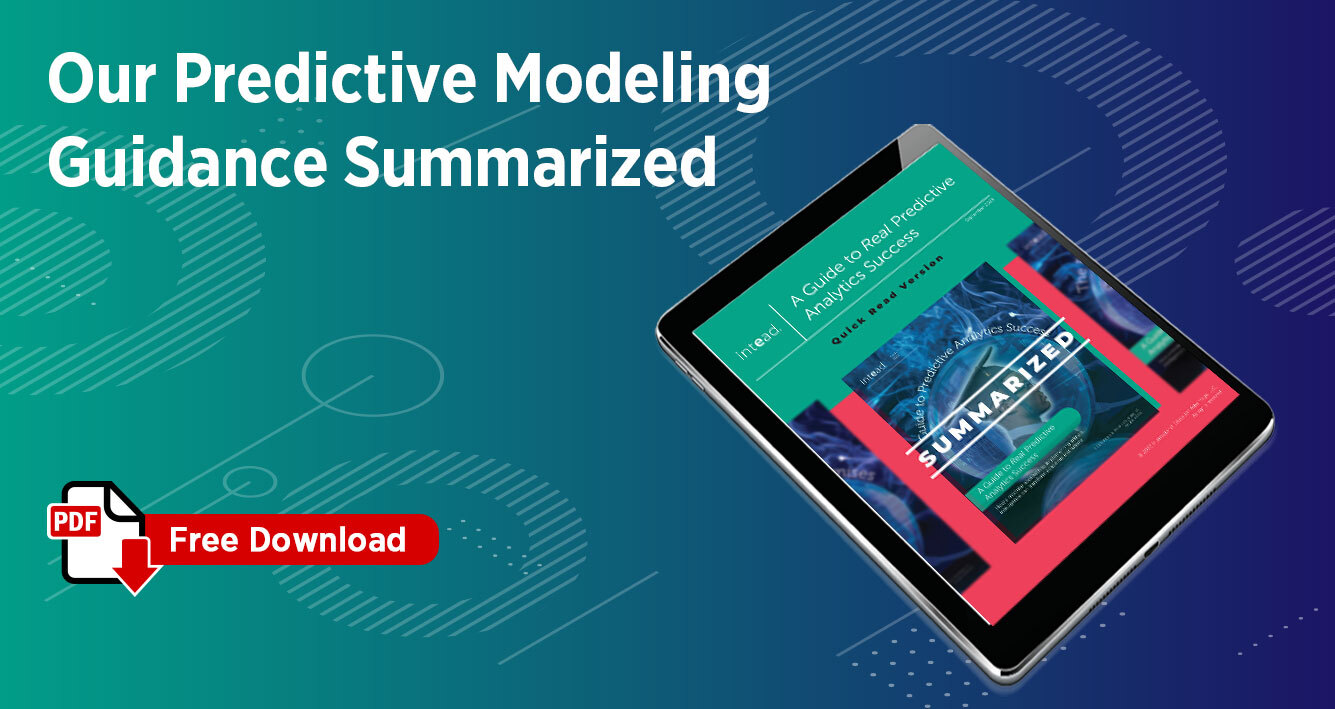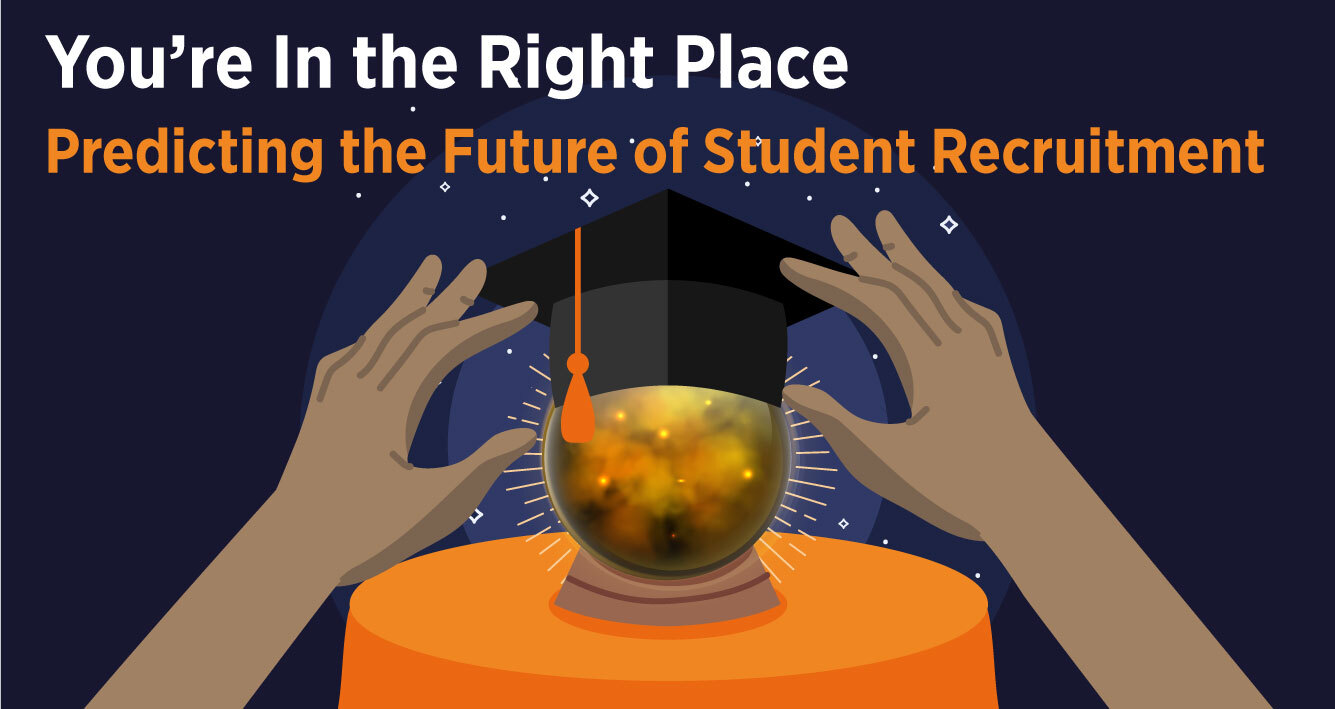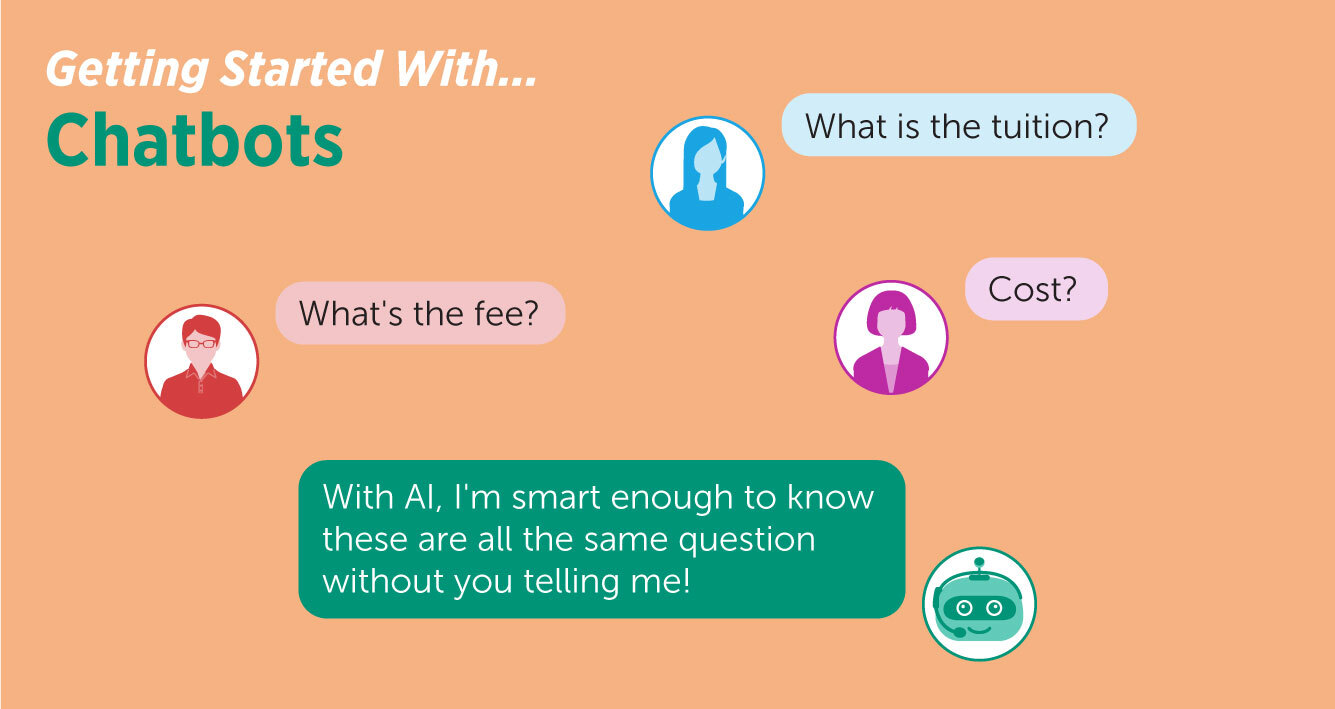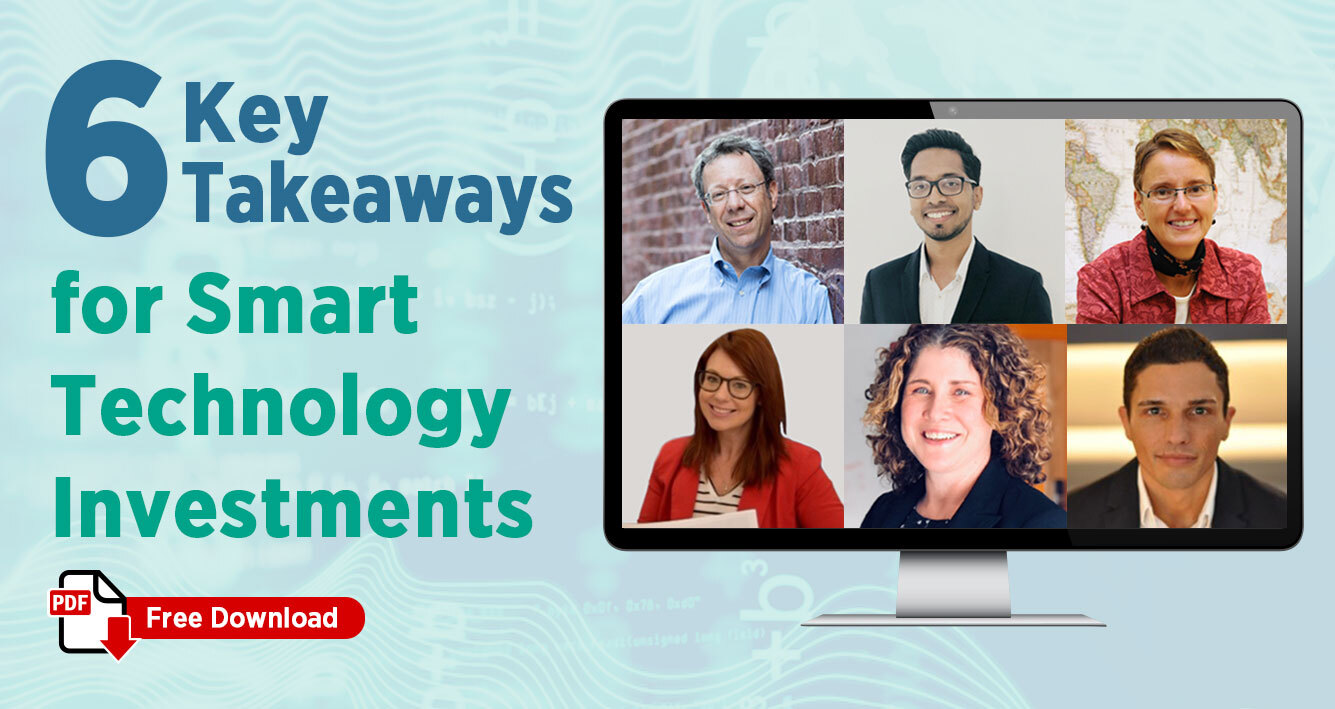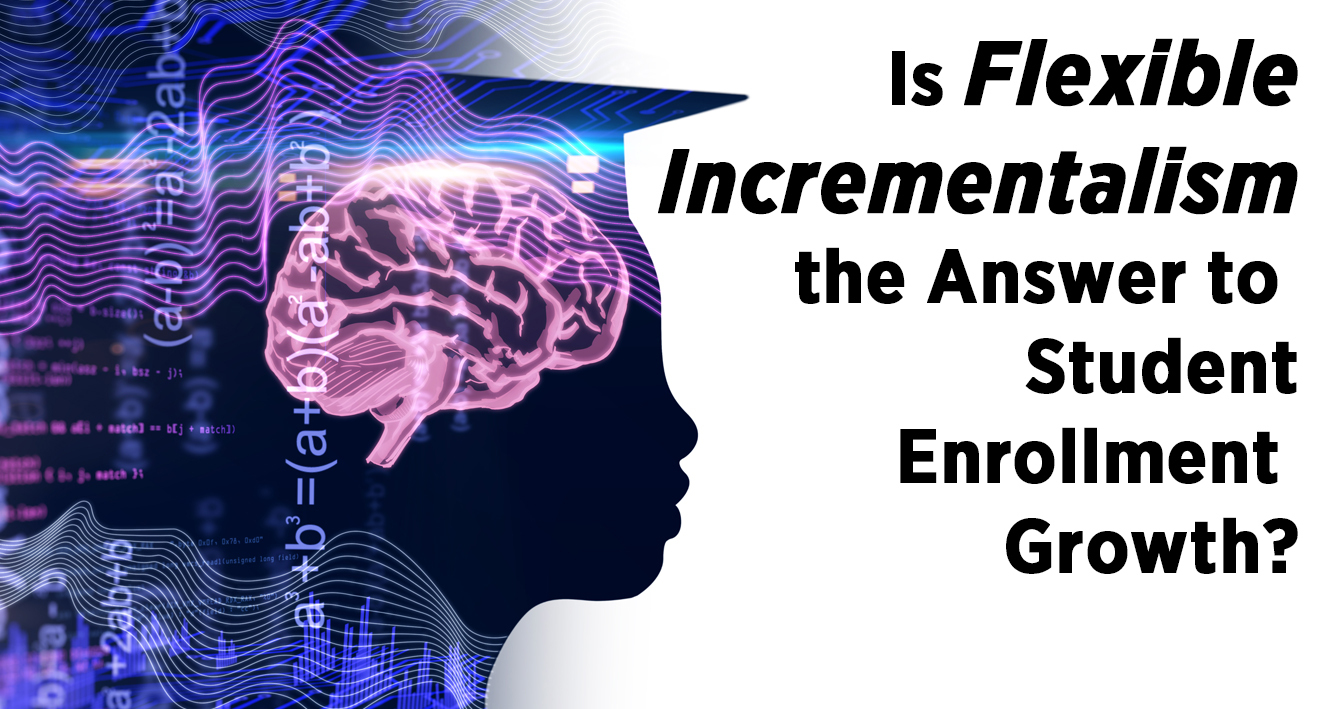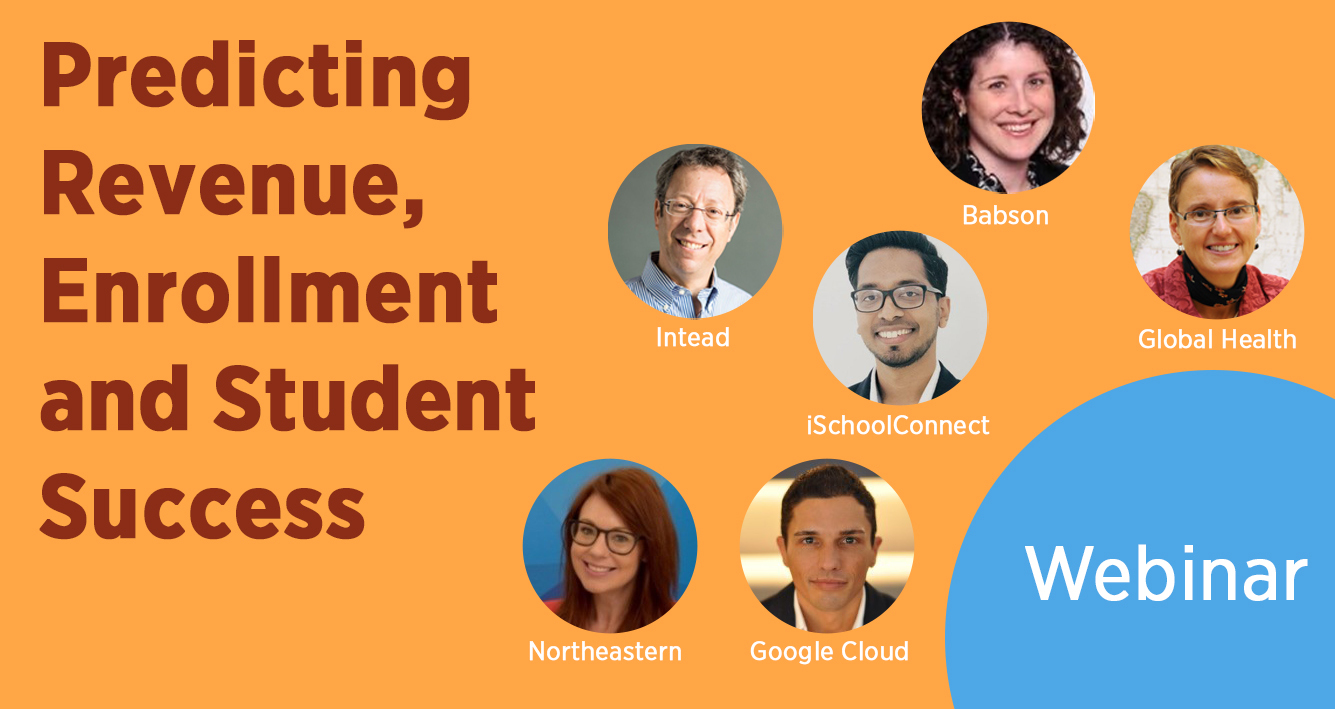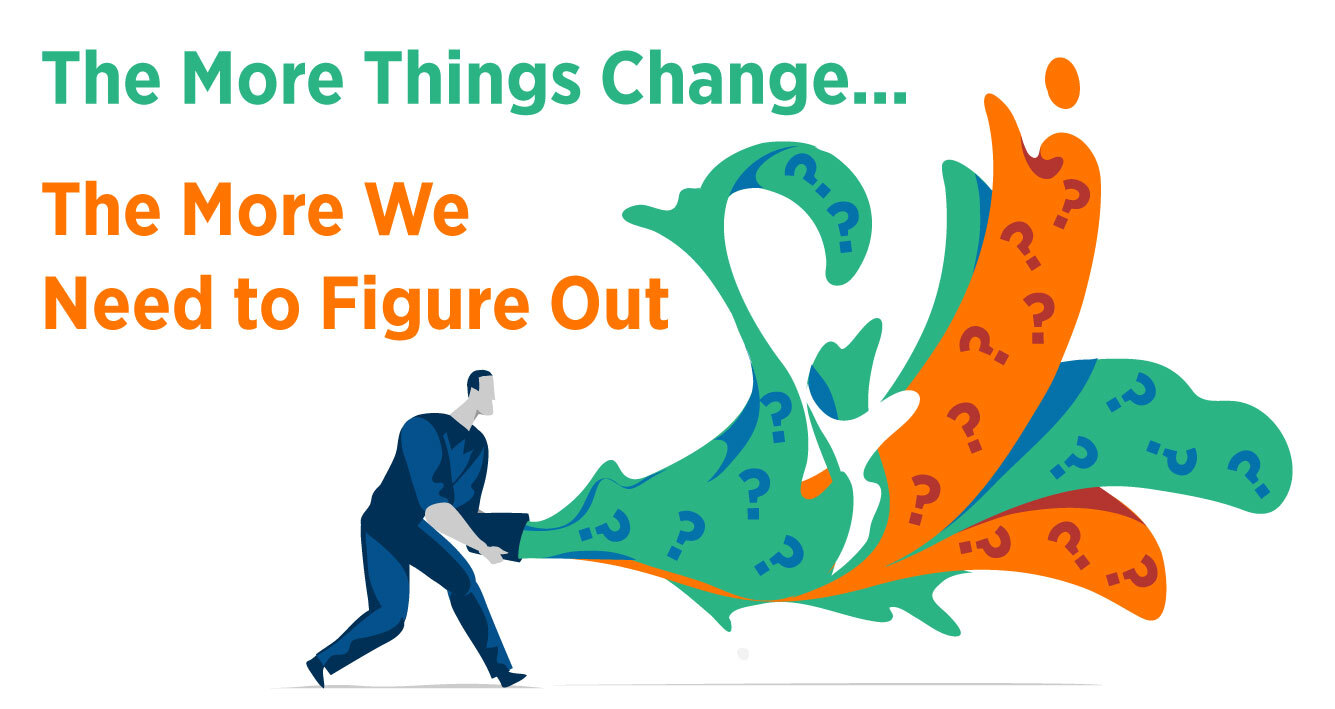Until Threads, ChatGPT was the fastest-growing consumer app in history taking a short 2 months to amass 100 million users. Though Threads’ frenetic growth has tapered (and then some), interest in the AI tool has more than 1.4 billion visitors actively engaged with it each month.
Today, it’s all about the tools we use that offer us shortcuts to our work as marketers. While ChatGPT is the latest shortcut tool, it is not so different in so many ways from the old school marketing template that saves us time and if misused (like ChatGPT) reduces, even eliminates, our creativity and effectiveness.
On the surface, we can point to a plan well executed, right? Our starting point has already been legitimized based on past performance (ChatGPT or some previously used design or report template). So, it stands to reason that using those tools will produce similar results. Uhm, maybe…
But probably not.
It is basic human nature. Use of shortcut tools often means we slack off on scrutinizing the details of what we are producing. Less scrutiny of what we produce and deliver to the world, less customization of our messaging and content, means we are prone to error. Some of those errors can be hugely damaging.
There goes our credibility with our target audiences.
Opportunities to Meet In Person
The Intead team is gearing up for some amazing presentations and we hope you can join us.
- 2024 AIEA Annual Conference in DC, Feb 18-21, 2024
- ICEF North America in Niagara Falls, Canada, May 1-3, 2024
- NAFSA 2024 Annual Conference and Expo in New Orleans, May 28-31, 2024
Let us know if you’ll share a cup of coffee and a conversation about all things global and digital (info@intead.com)
Looking particularly at ChatGPT, its ability to read and synthesize the entirety of the internet is amazing, staggering. Searching and understanding for complex information and analysis of huge datasets - what a time savings. Useful with even not so complex information. If only it provided reliable results without blending information inappropriately and even fabricating results out of thin air. Recent ads we've heard from AI service providers include the claim, "hallucination-free AI." Uhm, what?
Can you truly promise that? How did we get to a place where you need to promise that?
When even the experts cannot explain to us how and why AI is producing falsehoods, when we get information that might have completely fabricated results and basic users (non-subject matter experts) cannot identify which pieces of information are accurate and which are not, we are in serious trouble.
Read on for perspective and our actionable what to do checklist. We want to help you, as a marketer, use shortcuts like AI and marketing templates wisely and avoid falling into the banality of functionality – the death knell of any marketing effort and potentially, the killer of a brand's soul.
Important Note to Readers: This is not another article on how to master ChatGPT prompts to get ‘genius’ responses.
Read More

